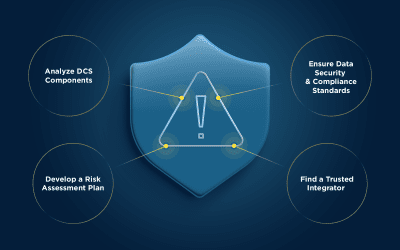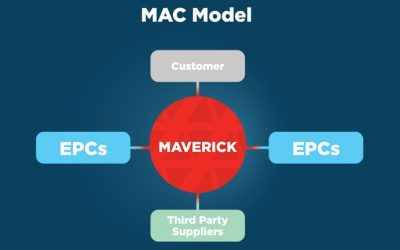What Does Statistical Process Control Really Do? (Part 4)
Well, I was pretty certain that my last post on SPC was going to be my last post on SPC (if you follow my meaning). But, I kept getting lots of questions from a lot of people who were very interested in SPC and I said I would do my best to address at least some of their questions.
What I think might be the best way to wrap up this discussion (and I really do mean this to be my final post on SPC) is to simply stick with the idea of SPC in the real world and give you some simple real-world examples of how I’ve used SPC in the past.
In one application, we measured pressure for a batch where the pressure rose throughout the batch, as the batch was processed. The batch ran for the prescribed time and then was finished. When we used SPC to analyze the pressure we found out that the pressure didn’t rise throughout the batch as we thought, but, at the end of the batch, the pressure plateaued and didn’t go any higher. So, we changed the way the batch was processed so that instead of being processed for a prescribed time, it was processed until the pressure plateaued and stayed for a couple of minutes. This reduced batch times by an average of ten minutes per batch which allowed us to get one more batch completed per shift which was an increase in productivity by over 15%.
In another application, we were running an aseptic process that was used to sterilize the product and the containers and then seal the containers. This process was very sensitive and when we lost sterilization it could take 30 to 60 minutes to clean everything out and regain sterilization. So, we applied SPC and were able to provide the operators with real-time alarms when the underlying variables like pressure, temperature, speed, flow, and so on started to trend in the wrong directions so they could take corrective actions and not lose sterilization. This cut our downtime from sterilization losses by 50% which increased our total throughput by about 20%.
In another application, we were measuring vacuum pressure on a vessel while we were processing a batch. The vacuum pressure needs to get to the desired level very quickly and then remain there for the entire batch. We applied SPC to the final vacuum pressure and to the initial curve. If the vacuum pressure didn’t get to the desired level in the correct amount of time, then we knew there was a problem and could immediately deal with it. Also, once the vacuum was at the desired level if there was any change in vacuum pressure that indicated a potential problem and again could be dealt with right away. This reduced our losses due to problems with vacuum pressure by over 75% which increased our productivity by 5%.
In another application, we were able to set up historical analyses where we could look at various parameters about a batch such as pressure, temperature, speed, flow, and so on at the same time, together on the same chart. This allowed us to analyze batch failures by looking at all of the key process variables about the batch at the same time. And, we could look at any batch we wanted and compare batches over time. This allowed to get to the root cause of some of these failures and helped us to target batches that were close to failing and the root causes of that as well. These historical analyses really gave our continuous improvement program a boost and helped increase overall throughput and productivity by about 10%.
So, that’s a few real-world examples of SPC; with some real-world business benefits to boot. So, this really is my final post on SPC for a while (probably a long while). But, I think I’ve really laid out what SPC is all about and, most especially, why SPC is a good thing. I’ve tried to emphasize the real-world business benefits of SPC and tried to make the whole discussion as real-world and as practical as I could. I hoped I’ve helped. As usual, if you have any questions, I’d love to hear from you. And, as always, the best of luck to you in your SPC endeavors!




